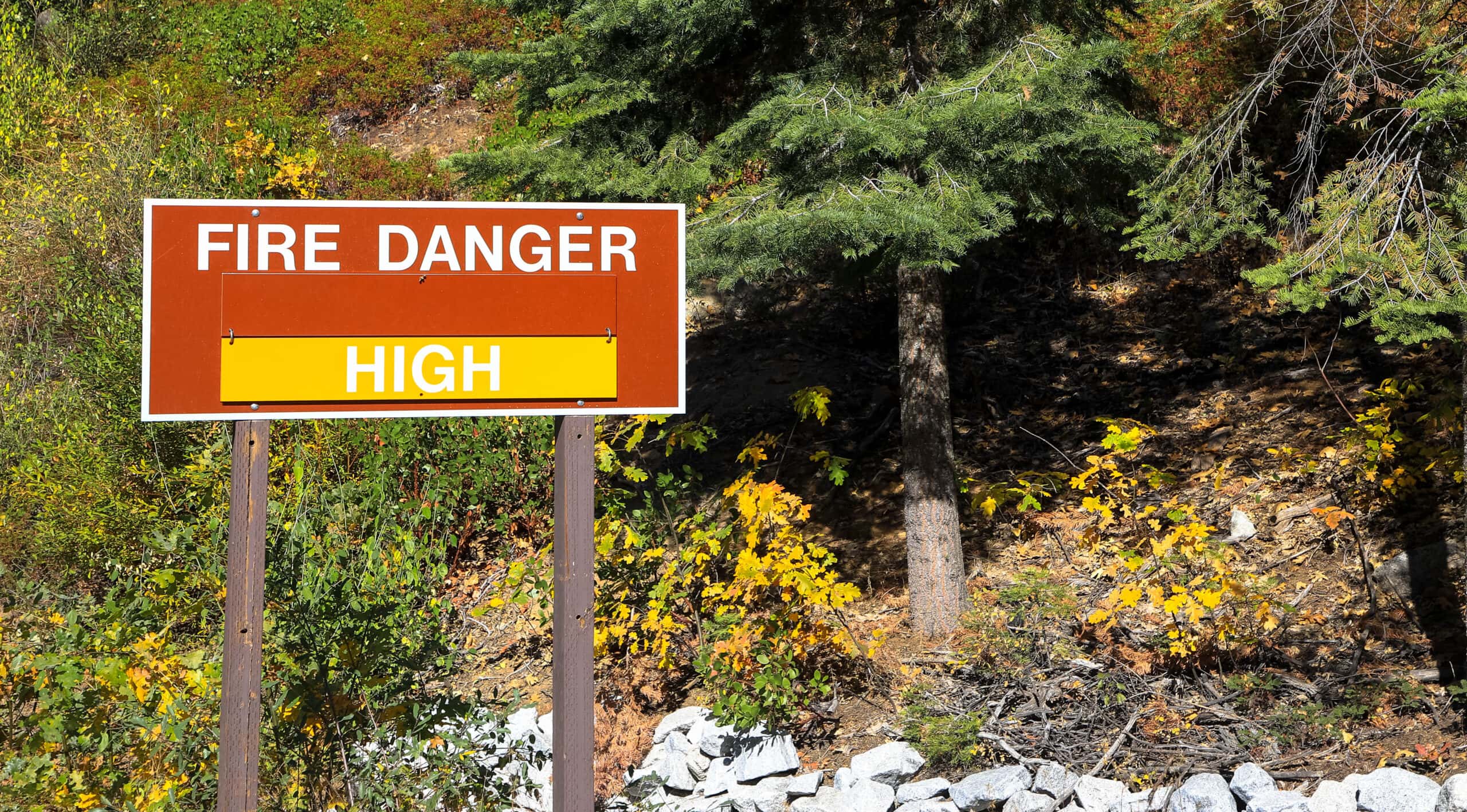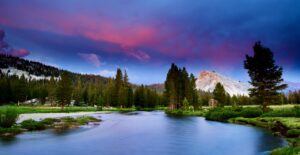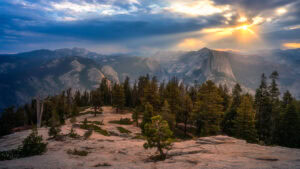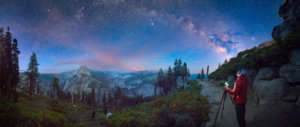Considering wildfire as a constructive natural process can challenge conventional wisdom, especially with the West’s ever-widening fire season. A deeper look reveals a more nuanced perspective. For example, the benefits of fire in the Sierra Nevada wilderness are tangible. It thins overgrown forests, burns invasive and opportunistic plants, and promotes full-spectrum biodiversity from the ground up. Ultimately, wildfire is an organic component of the California ecosystem and serves an important purpose.
Mediating both the threat and promise of fire in Yosemite Mariposa County is naturally a “hot” topic as wildfires continue to happen with more regularity and intensity year to year. Most uncontrolled wildfires in California are accidental, and there are measures we all can take to reduce their risk. Conversely, under the right conditions and professional oversight, controlled fires can be highly effective environmental tools. Yosemite National Park fire crews carefully manage hundreds of prescribed burns each year to unleash the natural benefits of fire, while Native Americans bring ancient practices to the field as a means of traditional forest management.
Natural Agent of Change
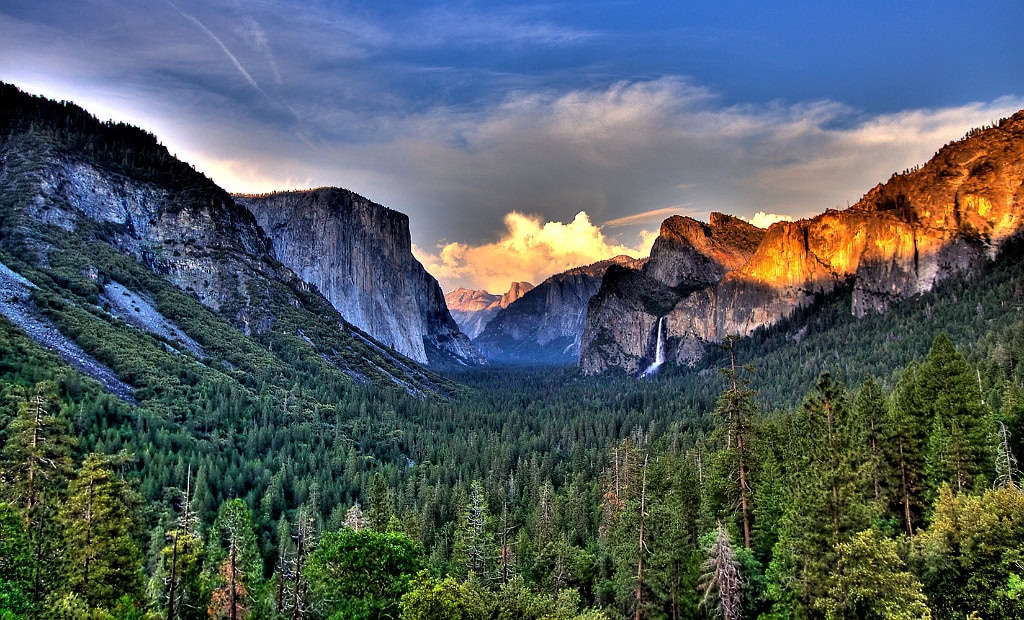
If you were to walk through Yosemite a few hundred years ago, the densely packed conifer forests present today would not be as commonplace. There would be more meadows and less brushy forest. Low-intensity surface fires naturally ignited by lightning strikes burned freely. Lightning fire burned open the forest canopy, allowing more sunlight to reach seedlings on the forest floor and more rain and snow to reach the ground and replenish the water table.
Native Americans like Yosemite’s Southern Sierra Miwuk routinely conducted controlled or “cultural” burns, accompanied by sacred ceremonies and carefully monitored for safety. Precursors to today’s prescribed burns, cultural burns shaped the land, spurred biodiversity, and promoted growth of traditionally used flora like oak trees, whose acorns served as a staple food for many Indigenous Californians. Considering wildfire as a natural and constructive process can run counter-intuitively to us as we watch media coverage of wildfire devastation. But fire is as much a part of Yosemite as water and ice, and paramount to restoring and protecting the natural abundance and diversity of Park flora and fauna.
The Arc of Yosemite Fire History
For more than 100 years, the federal government’s “Smokey Bear” policy was to suppress any wildfires for fear they would grow out of control. Fires were clearly viewed as a deadly threat to humans, wildlife, and forests, and every available resource was put forth to extinguish them as rapidly as possible. Though well-intentioned, forest management policy created the conditions for larger, more dangerous conflagrations. Smaller conifer forests grew thicker and began to encroach on meadows that once would have been open. Wood debris piled up on the forest floor along with thickets of smaller trees and brush, creating an excess of fuel and dangerous wildfire conditions.
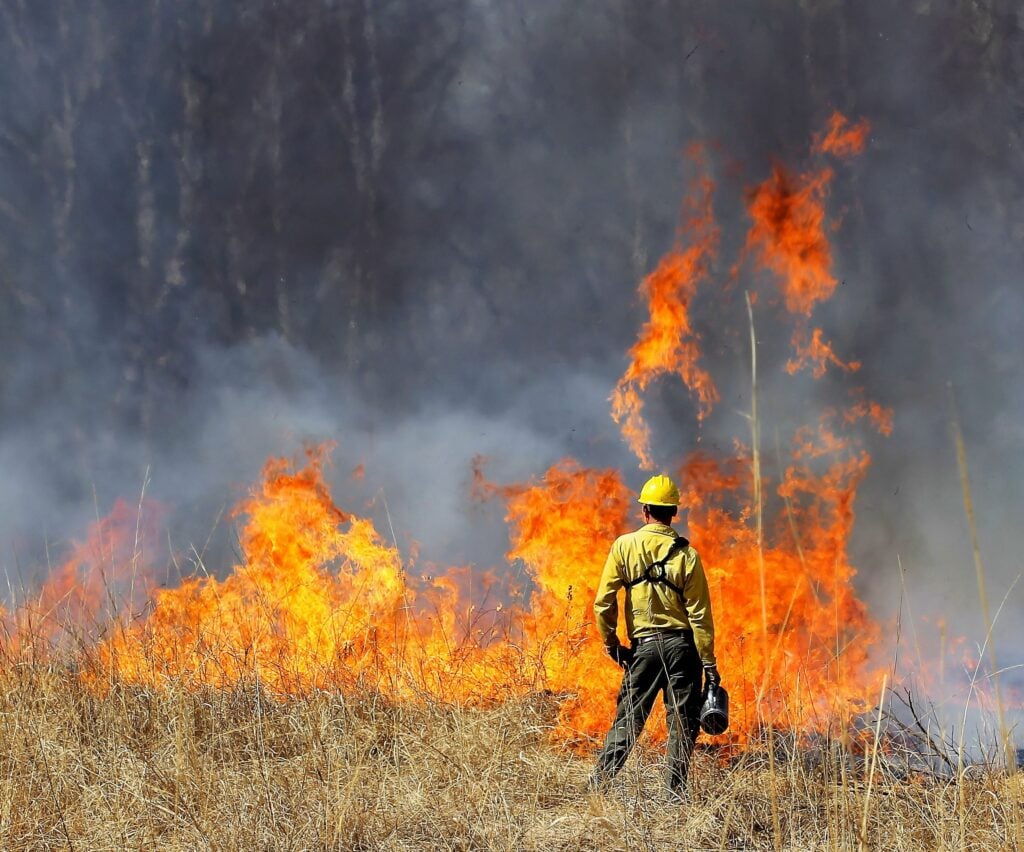
The National Park Service officially changed its fire suppression policy in 1968 to allow for a more natural role for fire in park ecosystems. In the 1970s, Yosemite National Park returned to prescribed fires controlled by experienced firefighting teams to mimic the natural and cultural presence of fire in the Park. Most U.S. national parks have now moved from full fire suppression to practicing some level of fire management including standing by when fire is naturally caused. Yosemite’s Illilouette Creek Basin is a best-practice case study. By re-establishing a more natural fire regimen, Yosemite turned the corner towards making forests more sustainable and fire resilient.
Nature Rules: Wildfire Safety and Prevention
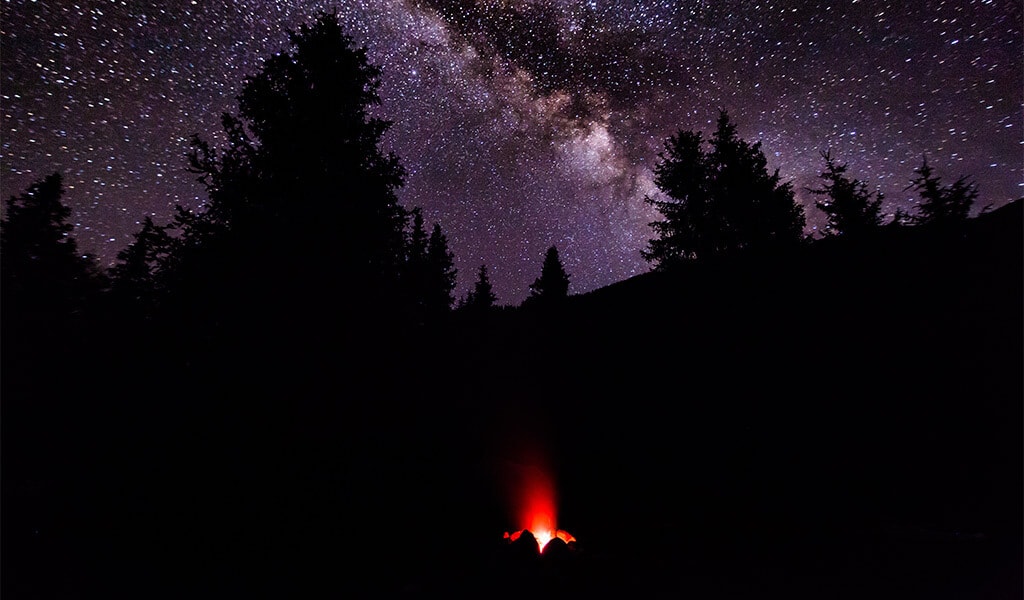
Even with enlightened policy, practices, and perspective, dangerous California wildfires seem to grow in intensity and frequency year to year. We are still playing catch-up in the post-fire suppression era. The Yosemite Mariposa County Tourism Bureau has created “Nature Rules,” simple and actionable suggestions for enjoying Yosemite from a sustainable travel perspective including fire safety.
According to the U.S. Forest Service, humans start 85% of wildfires in the United States, with campfires far and away the leading cause of wildfires. Following a few simple safety precautions can mean the difference between an extinguished campfire and a firestorm. Plan by getting a mandatory campfire permit online or from any CAL FIRE, U.S. Forest Service, or BLM station or office. Always check current fire restrictions and follow all posted rules. CAL FIRE’s campfire safety page offers additional ways to stay safe as you enjoy campfire time.
And what should be basic common sense but is routinely ignored: it is unlawful to throw a lighted or non-lighted cigarette from a moving vehicle! Starting with your ride into Yosemite and continuing every step of your journey, Nature Rules will raise your awareness on how to leave a lighter footprint as a responsible Yosemite Mariposa County visitor.
Fire Facts
- See suspicious fire or smoke? Call 911. Report the location, what is burning, how fast is it moving, how tall are visible flames, what is in imminent danger, and stay on the line until instructed to end the call. Your report could save forests, homes, and lives.
- Mature giant sequoia trees are extremely resistant to low-intensity fire. Their thick trunks don’t generally have low branches and their bark is highly flame-resistant. If you walk through the Mariposa Grove of Giant Sequoias, you may notice fire scars on some of these ancient fire survivors.
- The Yosemite Conservancy-funded California Black Oaks Tribal Stewardship project includes funding for Tribal fire practitioners to acquire the proper training and supplies to strengthen traditional fire practices, specifically to manage California Black Oaks, a cultural keystone species.
- Only a small fraction of career firefighters in the United States are women. In 2021, six California Conservation Corps members formed Yosemite’s first Women’s Fire Corps Crew, learning skills for firefighting and preparing for future fire careers.
- We encourage all visitors to explore Yosemite with a fire safety perspective. For more information on wildfire preparedness and prevention, visit http://www.preventwildfireca.org/.

